Covid-19 and associated lockdowns across countries have had a devastating impact on the global economy and labour markets. In India, recent data show a historic economic contraction by 23.9% over the last quarter. Using real-time data from a large online job portal, this article finds that hiring activity (in mostly urban, formal-sector jobs) declined dramatically due to the national lockdown and these job losses affected less-educated, young, and female job seekers more than others.
The impact of the Covid-19 pandemic and its associated policy responses across countries (containment, closures, and lockdowns in particular), have fundamentally disrupted the global economy. In the Indian context, the steady rise of Covid cases in March prompted Prime Minister Modi to announce a series of strictly enforced national lockdowns between 22 March and 31 May. Recent data show that this led to a substantial and historic contraction of the economy by 23.9% over the last quarter. We partner with one of India’s largest online job portals (Shine.com) to investigate how these lockdowns impacted the country’s labour market (Chiplunkar et al. 2020). We make use of daily vacancy postings to examine how the number and composition of primarily formal-sector, urban jobs varied from January to May 2020. Overall, we document three results that suggest a dramatic contraction in the labour market, especially among jobs that target young, less educated, and female job seekers.
Impact on vacancy postings and active firms
We find that the total number of vacancies declined by approximately 34% (as compared to the pre-lockdown average, which has been normalised to zero), within the first four weeks of the national lockdown (Figure 1a). This decline reached 60% by the end of May. The number of active firms (that is, firms that posted at least one job) was 60% lower (as compared to the pre-lockdown average) within the first month, and almost 80% lower by the end of May (Figure 1b).
Figure 1a. Total vacancy postings
Figure 1b. Total number of active firms
We see that the lockdown triggered short-term responses by certain firms, which began to adapt to remote work, and temporarily suspended hiring for jobs that can be more easily automated. Jobs in the top 50th percentile of automatable occupations declined by 38%, while the share of work-from-home (WFH) vacancies increased by 10% within a week of the lockdown (Figure 2b). These two effects, however, did not persist over time, suggesting that any transition out of automatable jobs and into home-based work is likely to be more gradual.
Figure 2a. Automatable occupations
Figure 2b. Work-from-home jobs
Impact on women
The data are well designed to provide a clear picture of the types of jobs and job seekers that are most affected by the lockdown, which can inform the government’s programmatic response. We first investigate whether the lockdown triggered differential declines in job postings across male- and female-dominated occupations. This is a major concern, especially for countries like India with very low female labour force participation rates, since fewer labour-market opportunities in the post-Covid era could aggravate this trend (Deshpande 2020).
Within a few weeks of the lockdown, we see that the top 50th and 10th percentile of female-dominated occupations experienced a 44% and 77% drop respectively (Figure 3). This large decline persisted for extremely female-dominated (top 10th percentile) occupations. According to our estimates, 67% of the decline in female-dominated occupations is explained by a contraction in industries and locations where women work. We do not find that any of the remaining variation can be explained by the observable job characteristics we have in our sample (wage, education, experience, automation), which suggests that other factors are at play. It is worth highlighting that the fact that women are disproportionately affected by this lockdown is markedly different from other economic downturns (Hoynes 2012).
Figure 3. Impact on female-dominated occupations
Impact on youth
Next, we analyse the impact of the lockdown on young job seekers. Youth unemployment is already a growing concern in developing economies where two-thirds of young people are without work or engaged in irregular/informal employment (United Nations, 2020). In India, nearly 1 million people join the labour market every month and struggle to find work. Should the lockdowns exacerbate these trends, it will be important to enact policies that protect existing employment opportunities and create new ones for youth.
We find evidence that younger job seekers may have been disproportionately affected. The minimum experience required for a job increased rapidly by 20%, and persisted until the end of May. Conversely, the fraction of entry-level jobs (requiring less than one year of experience) declined by 20% within the first few weeks of the lockdown. This trend intensified as the lockdown persisted, reaching 40% by the end of May relative to pre-lockdown averages. We expect these trends to impact youth more significantly as they typically have less experience and are targeting entry-level jobs. This suggests that a greater share of young job seekers may struggle to gain a foothold in the labour market for as long as Covid and the restrictions persist.
Figure 4. Minimum experience and entry-level jobs
Impact on less-educated workers
Finally, we find that job seekers with less education were adversely affected as well. By the end of May, the fraction of jobs requiring a graduate degree increased by 9.2%. Around 60% of this effect can be explained by firms becoming more stringent within occupation after the lockdown. This resonates strongly with other contexts, such as how firms responded to the Great recession in the United States (Hershbein et al. 2018).
Figure 5. Fraction of jobs requiring above high-school qualifications
Conclusion
To conclude, we find that India’s lockdown may have adversely affected the economic landscape for certain job seekers, particularly those working in formal sector jobs in urban areas. In particular, younger, less-educated job seekers may struggle to find employment as employers advertise fewer entry-level jobs and require more education. Similarly, a large decline in women-dominated jobs could exacerbate labour force participation rates for women.
Therefore, while Covid-19 remains primarily a health pandemic, its economic impacts have been substantial. Our results that point towards policy measures required to protect and stimulate jobs for young, less educated, and female job seekers could become increasingly important as India looks to recover from the effects of the pandemic.
Further Reading
- Chiplunkar, G, E Kelley and G Lane (2020), 'Which Jobs Were Lost During a Lockdown? Evidence from Vacancy Postings in India', Darden Business School Working Paper No. 3659916.
- Hershbein, Brad and Lisa B Kahn (2018), “Do Recessions Accelerate Routine-Biased Technological Change? Evidence from Vacancy Postings”, American Economic Review, 108(7):1737-1772.
- Hoynes, Hilary, Douglas L Miller and Jessamyn Schaller (2012), “Who Suffers during Recessions?”, Journal of Economic Perspectives, 26(3):27-48.
- United Nations (2020), ‘#YouthStats: Employment’, Office of the Secretary-General’s Envoy on Youth.




 08 September, 2020
08 September, 2020 






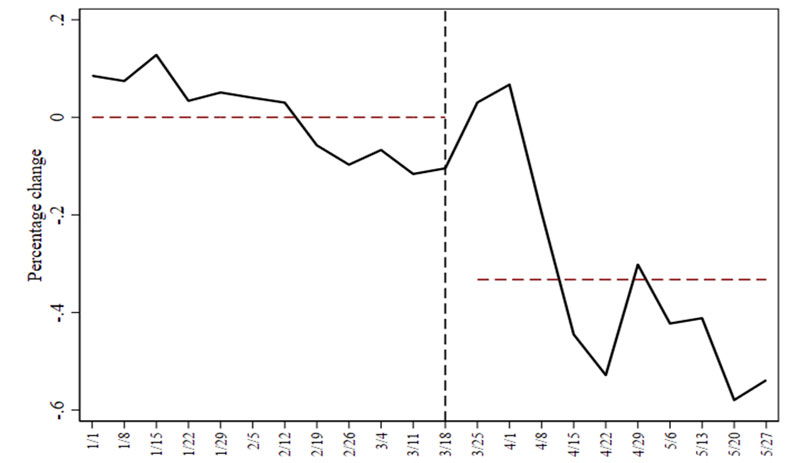
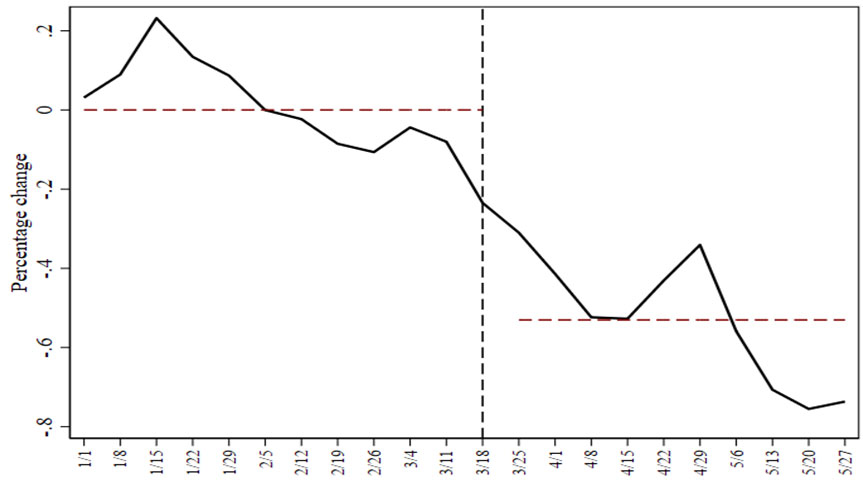
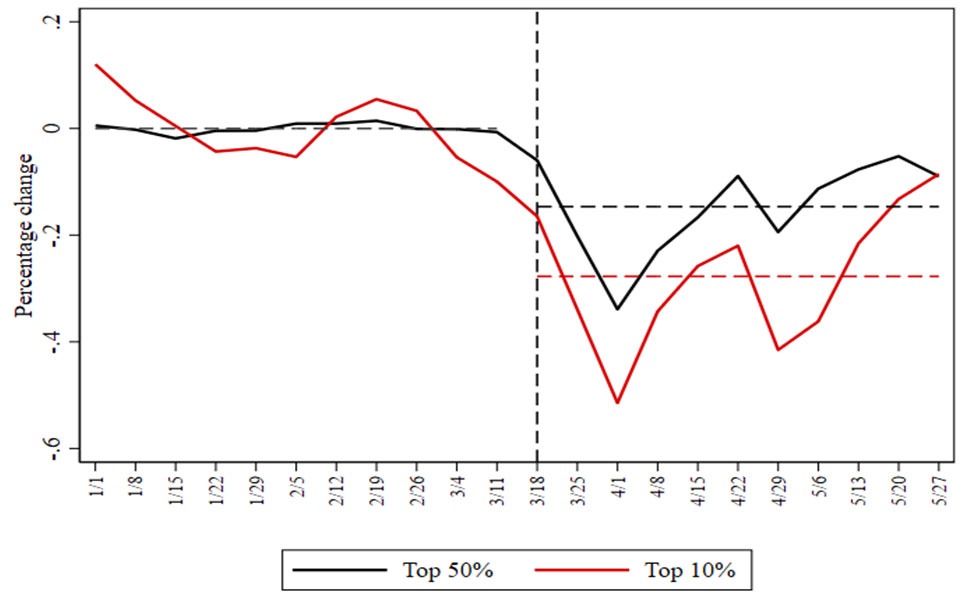
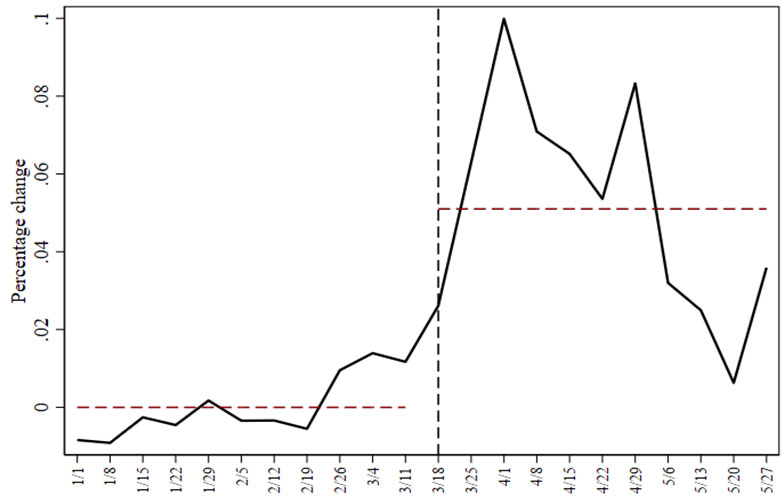

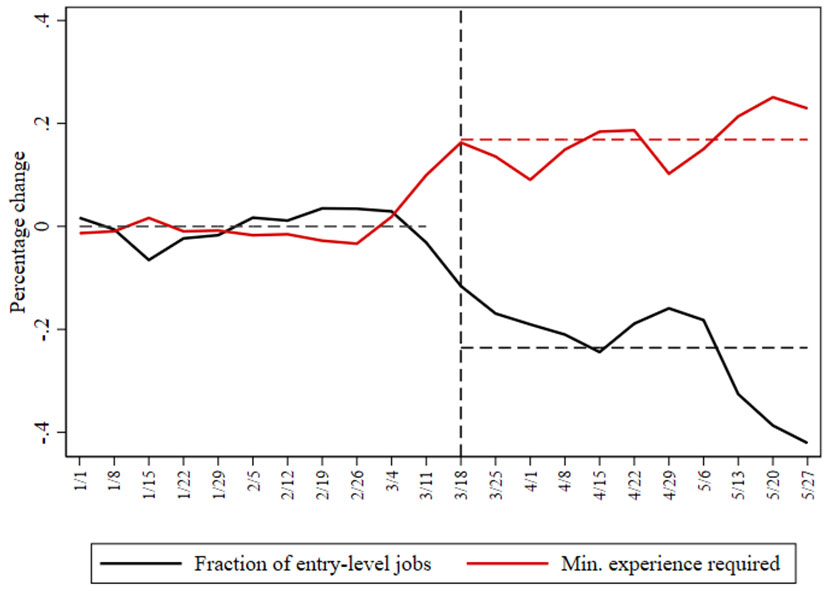
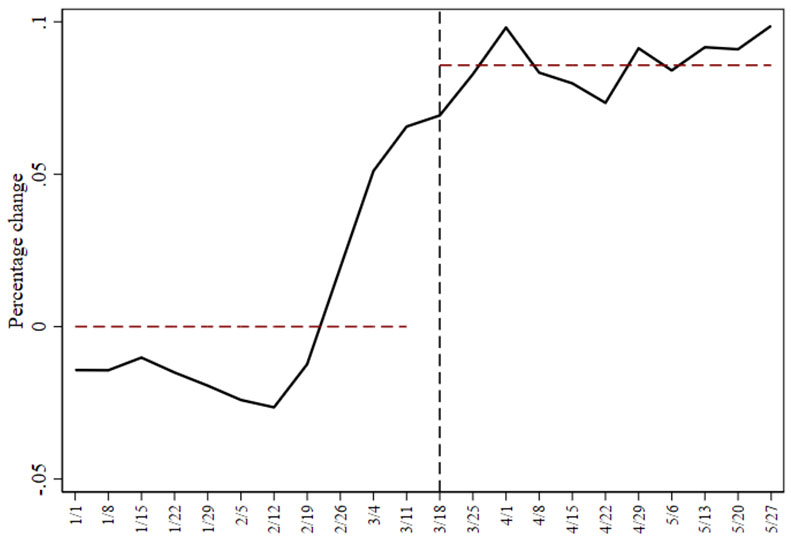
By: Shikha 12 March, 2021
Excellent Post..... Thanks for Sharing hiring for startups